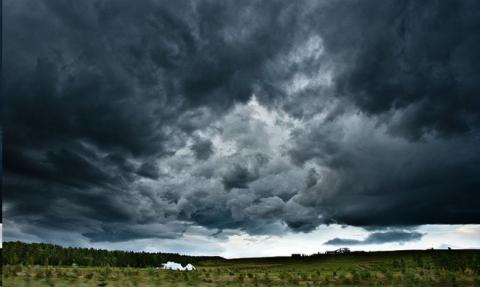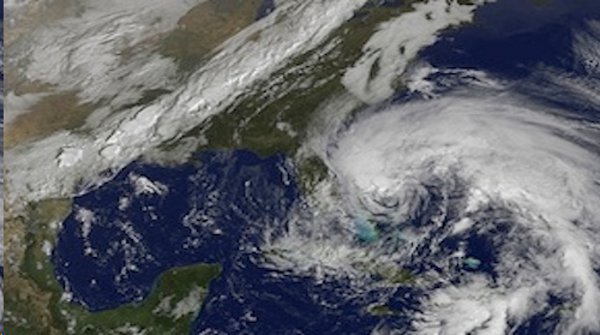China and the U.S. Announce New Climate Goals

The United States and China announced new goals for reducing their global warming pollution in the coming decades, with the U.S. ramping up its rate of decarbonization in five to 10 years and China promising that its carbon emissions will peak in the next 15 years.
The announcements, which came at a multinational summit in Beijing Tuesday, made clear for the first time the commitments that the two biggest sources of greenhouse gases will make as part of the urgent United Nations negotiations. The talks aim to reach a comprehensive climate change treaty that could be signed in Paris at the end of 2015.
The U.S. and China produce about a third of the total annual emissions of carbon dioxide, the principal greenhouse gas. Both have set out plans to reduce emissions, especially by using less coal in the production of electricity. Their new pledges would deepen those commitments.
"President Obama announced a new target to cut net greenhouse gas emissions 26-28 percent below 2005 levels by 2025," the White House said. "At the same time, President Xi Jinping of China announced targets to peak CO2 emissions around 2030, with the intention to try to peak early, and to increase the non-fossil fuel share of all energy to around 20 percent by 2030."
Obama, by making a concrete pledge aimed at the year 2025, was advancing the negotiating stance taken by the U.S. in the Paris treaty talks, which resume in Lima next month. The U.S. thinks it would be best for countries to set targets for the year 2025, not for later years.
China, though, knows it will take time to turn around its energy economy, so it chose a 2030 target. Even so, its commitment to reach peak emissions as soon as that year is significant. Until now, China has not committed to absolute limits on its pollution, but has instead spoken of reducing its emissions intensity—the amount of pollution it emits per unit of economic activity.

Obama's target year won't arrive until after his successor's first term in office. So, in effect, he's trying to lock in a pathway of declining carbon emissions.
From 2020 to 2025, during what might be the second term of Obama's successor, U.S. emissions would decline about 2.5 percent a year, twice as fast as in the past decade.
That is the kind of reduction required if the world is to achieve the complete decarbonization of energy systems, which mainstream scientists and international institutions say is needed to avoid the most severe risks of climate change.
The recent U.S. elections have thrown targets like these into doubt, as Republican lawmakers allied with fossil fuel industries have tightened their grip on Congressional power.
"These targets will require major undertakings by both countries," said Bob Perciasepe, president of the Center for Climate and Energy Solutions, a Washington think tank. "In the case of the United States, the new target is pushing the limits of what can be done under existing law. We can get there if Congress doesn’t stand in the way...But to go much further, we’ll ultimately need Congress to act."
From Inside Climate News and republished by our content partner New America Media






























































































































































































































































































































